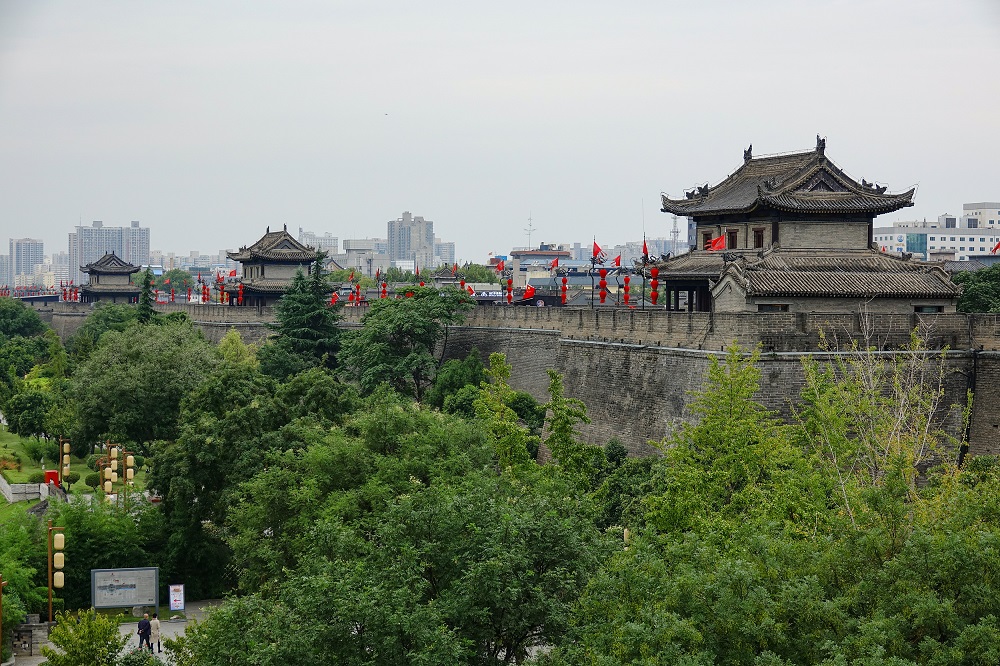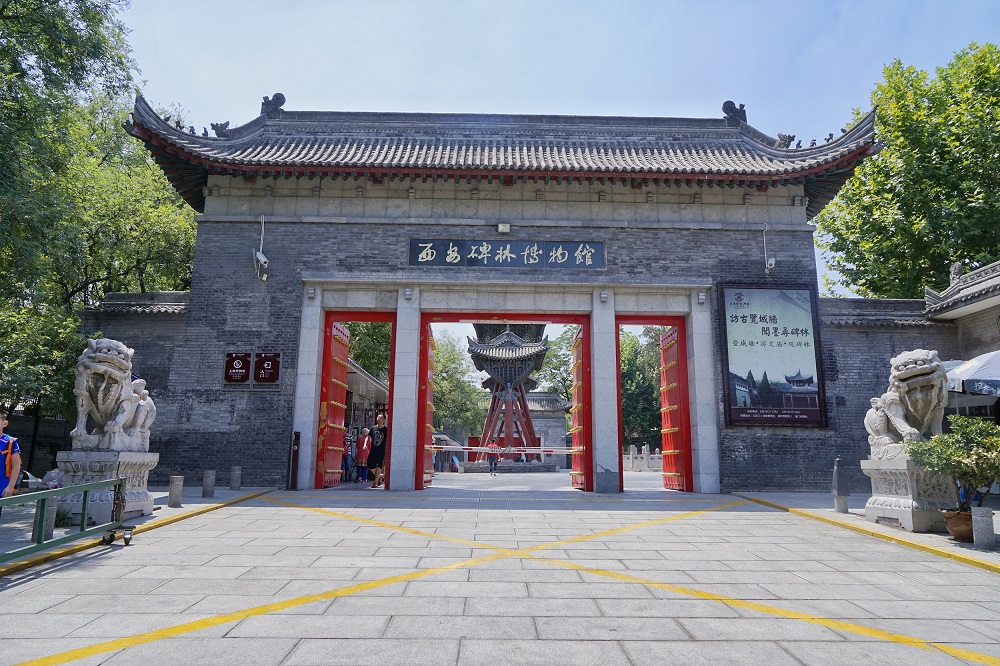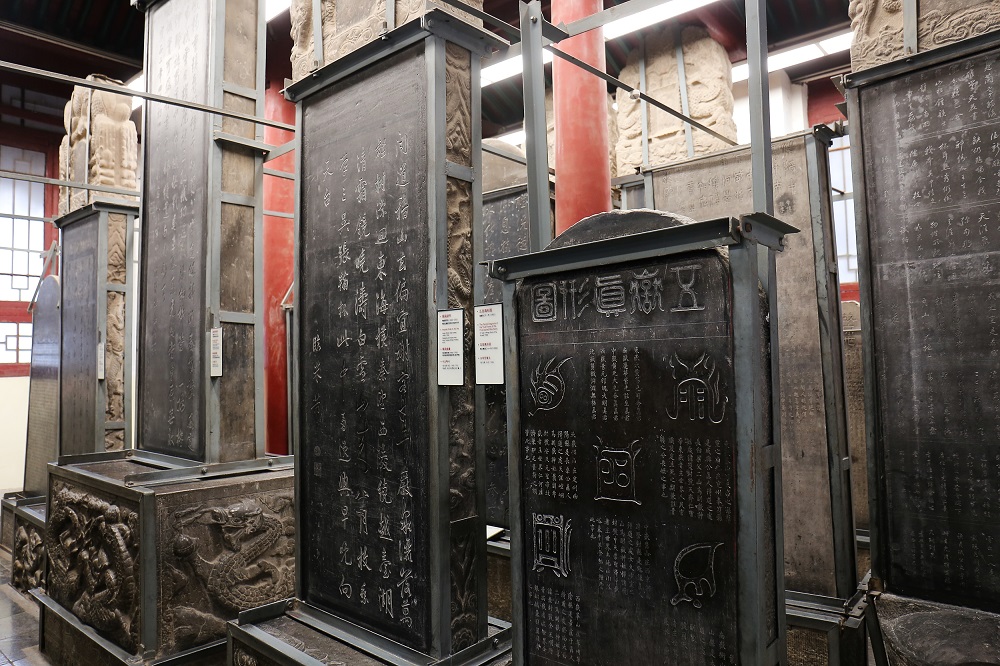Xi’an City Wall and Beilin Museum Historical and Cultural Scenic Area

Xi’an City Wall and Beilin Museum Historical and Cultural Scenic Area
(西安城墙•碑林历史文化景区 xī ān chéng qiáng bēi lín lì shǐ wén huà jǐng qū)
Scenic Spot Level: AAAAA
Opening Hours: 8 am – 11 pm
Ticket Price: 100 yuan ($15.48)
Location:
Xi’an City Wall: South Avenue, Beilin district, Xi’an city, Shaanxi province
Beilin Museum: 15 Sanxue Street, Beilin district, Xi’an city, Shaanxi province
Note:
1. Children under 1.2 meters in height, people 65 and over, active duty soldiers and people with disabilities can have free entrance with valid ID.
2. Half-price concessions are available for primary school, middle school and undergraduate students (student card required).
Xi’an City Wall

The best-preserved ancient city wall boasting the longest history for walls in the world, the Xi’an City Wall is 13.74 kilometers total length and composed of a series of military installations, including a moat, suspension bridges, sluice buildings, embrasured watchtowers, gate towers, turrets, watchtowers, parapets and crenels.
The Xi’an City Wall was initially built during the Hongwu period (1368-98) of the Ming Dynasty (1368-1644) to match the scale of the capital city of the Sui and Tang dynasties (581-907). Having witnessed vicissitudes over hundreds of years today it has 18 gates and symbolizes the rich cultural and historical background of Xi’an city.
Beilin Museum

Completed in 1944 and initially called the Shaanxi Provincial Museum, the Xi’an Beilin Museum was renamed in 1992 and designated a national top-level museum in 2008.
Covering an area of 319,000 square meters, it was built upon the Xi’an Forest of Stone Steles, or Tablets, one of the first national foremost protected cultural heritage sites, and the city’s Confucius Temple architectural complex. The history of the Xi’an Forest of Stone Steles can be traced back to 1087. Lyu Dazhong (1020-96), an official of the Northern Song Dynasty (960-1127), collected the steles of that time for better storage, establishing the prototype of today’s forest of stone steles. The collection developed into today’s scale with increasing additions and after hundreds of years of renovations.

The museum is dedicated to the collection, research and exhibition of the art of inscribed dynastic stone tablets and stone statues. It is mainly composed of the three parts of the Confucius Temple, galleries of steles, and an exhibition hall of ancient stone carvings.
With a collection of more than 11,000 pieces, the museum is home to a great number of precious works highlighting the development of Chinese calligraphy and stone carving arts, including the Kaicheng Stone Classics, the steles of the Xuanmi Pagoda and the Duobao Pagoda and four of the Six Steeds of the Zhao Mausoleum.
Last Updated: Aug 06, 2021




